Limits at infinity is a foundational concept in calculus, and it is used to examine the behavior of functions as their inputs grow without bound. Understanding limits at infinity is essential for analyzing the asymptotes and end behavior of functions. The following example will illustrate the methods for computing the limits at infinity, allowing us to get a clearer picture of how functions behave.
Table of Contents
- Understanding Limits at Infinity
- Solving Limits at Infinity
- Final Solution
- Similar Problems and Quick Solutions
- Problem 1: Evaluate ##\lim_{x \to \infty} \frac{2x + 1}{x – 1}##
- Problem 2: Find ##\lim_{x \to \infty} \frac{x^2 – 3x + 2}{2x^2 + 1}##
- Problem 3: Determine ##\lim_{x \to \infty} \frac{3x^3 + 2x^2}{x^4 – 1}##
- Problem 4: Calculate ##\lim_{x \to \infty} \frac{5x^4 – x}{x^4 + 2x^2 + 1}##
- Problem 5: Evaluate ##\lim_{x \to \infty} \frac{x + \sin(x)}{x}##
Read More
Let’s delve into the concept of limits at infinity, a crucial topic in calculus. We’ll explore how to evaluate limits as the variable approaches infinity, examining various techniques and illustrating them with examples. Understanding these concepts is fundamental for grasping advanced calculus and its applications in physics, engineering, and other fields. This post will break down the process step by step, providing clear explanations and practical applications.
Understanding Limits at Infinity
When dealing with limits at infinity, we’re essentially asking: What value does a function approach as the independent variable becomes infinitely large (positive or negative)? This is different from finding the value of a function at a specific point. Instead, we are investigating the function’s behavior as it moves away from the origin along the x-axis. The concept is central to the study of asymptotes and the long-term behavior of functions.
Limits at infinity help us analyze the end behavior of functions, showing how they behave as x becomes extremely large or small. This concept is crucial for understanding the complete picture of a function’s graph and identifying horizontal asymptotes. By evaluating these limits, we can determine the function’s stability and predict its long-term trends.
Solving Limits at Infinity
Step-by-Step Solution
To evaluate the limit ##\lim_{x \to \infty} \frac{4x^3 + 2x}{7x^3 – 5}##, we divide both the numerator and the denominator by the highest power of x, which is ##x^3##. This approach simplifies the expression, allowing us to easily determine the limit. Remember, this technique is particularly useful for rational functions where both numerator and denominator are polynomials.
Dividing the numerator and the denominator by ##x^3## gives us: ###\lim_{x \to \infty} \frac{4 + \frac{2}{x^2}}{7 – \frac{5}{x^3}}###. As x approaches infinity, terms like ##\frac{2}{x^2}## and ##\frac{5}{x^3}## approach 0. Therefore, the expression simplifies to a constant ratio, which is the limit we are seeking.
Simplifying the Expression
As ##x## approaches infinity, the terms ##\frac{2}{x^2}## and ##\frac{5}{x^3}## approach 0. This is because, as the denominator grows infinitely large, the value of the fraction becomes infinitesimally small, approaching zero. This simplification is key to evaluating limits at infinity, as it reduces the complexity of the expression.
When ##x## approaches infinity, the expression simplifies to: ###\frac{4 + 0}{7 – 0}###. This means that the limit is simply the ratio of the leading coefficients of the highest-degree terms in the numerator and denominator. This shortcut is a valuable tool for quickly determining limits at infinity for rational functions.
Final Solution
The final solution is: ###\lim_{x \to \infty} \frac{4x^3 + 2x}{7x^3 – 5} = \frac{4}{7}###. The limit of the given function as x approaches infinity is ##\frac{4}{7}##. This result tells us that the function approaches ##\frac{4}{7}## as x becomes infinitely large, indicating the presence of a horizontal asymptote at ##y = \frac{4}{7}##.
Similar Problems and Quick Solutions
Problem 1: Evaluate ##\lim_{x \to \infty} \frac{2x + 1}{x – 1}##
Solution: 2
Problem 2: Find ##\lim_{x \to \infty} \frac{x^2 – 3x + 2}{2x^2 + 1}##
Solution: ##\frac{1}{2}##
Problem 3: Determine ##\lim_{x \to \infty} \frac{3x^3 + 2x^2}{x^4 – 1}##
Solution: 0
Problem 4: Calculate ##\lim_{x \to \infty} \frac{5x^4 – x}{x^4 + 2x^2 + 1}##
Solution: 5
Problem 5: Evaluate ##\lim_{x \to \infty} \frac{x + \sin(x)}{x}##
Solution: 1
| Concept | Explanation | Example |
|---|---|---|
| Definition of Limit at Infinity | Describes the behavior of a function as the input variable becomes infinitely large (positive or negative). | ##\lim_{x \to \infty} f(x) = L## means the function approaches L as x increases without bound. |
| Technique: Dividing by Highest Power | Divide both numerator and denominator by the highest power of x to simplify the expression. | For ##\frac{4x^3 + 2x}{7x^3 – 5}##, divide by ##x^3## to get ##\frac{4 + \frac{2}{x^2}}{7 – \frac{5}{x^3}}##. |
| Key Result | As x approaches infinity, terms with x in the denominator approach zero. | ##\frac{2}{x^2} \to 0## and ##\frac{5}{x^3} \to 0## as ##x \to \infty##. |
| Final Evaluation | The limit is the ratio of the leading coefficients when the highest powers dominate. | For ##\frac{4x^3 + 2x}{7x^3 – 5}##, the limit is ##\frac{4}{7}##. |
We also Published
RESOURCES
- How To Find The Limit At Infinity – YouTube
- Calculus I – Limits At Infinity, Part I
- How to Find the Limit at Infinity (NancyPi) – YouTube
- [12th Grade: Calculus] How do I do limits with infinity? : r …
- Limits at Infinity – Calculus – YouTube
- Limits and infinity and infinite limits : r/calculus
- Limits at Infinity, Infinite Limits and Asymptotes
- [Calculus] Limits at infinity : r/learnmath
- 1.5: Limits at Infinity – Mathematics LibreTexts
- [Calculus – Infinite Limits]. Why do we need to divide by the greatest …
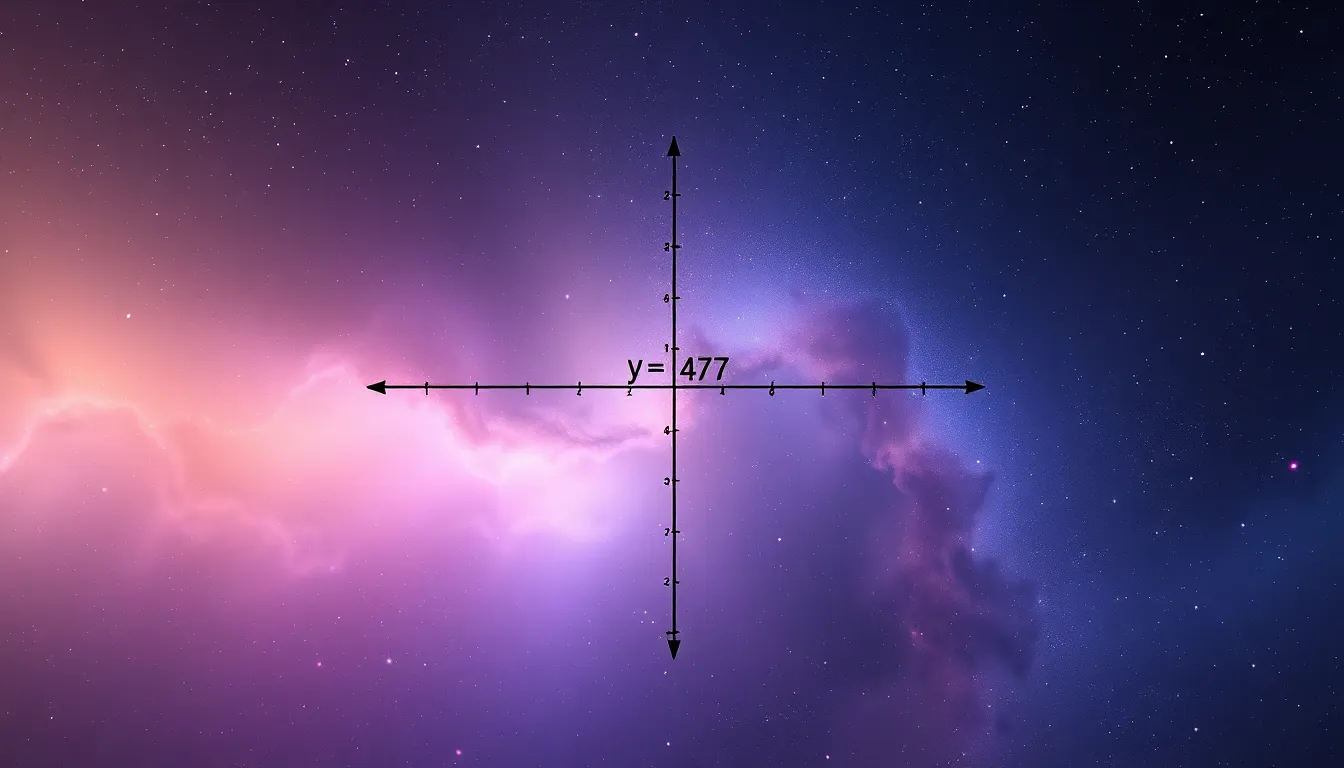



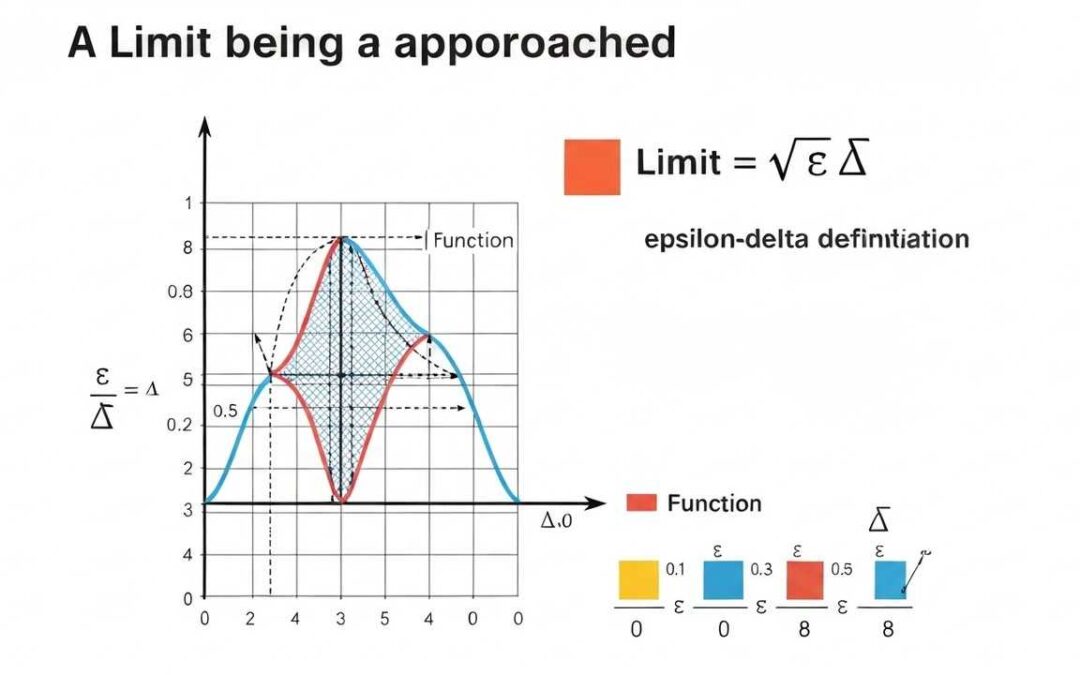
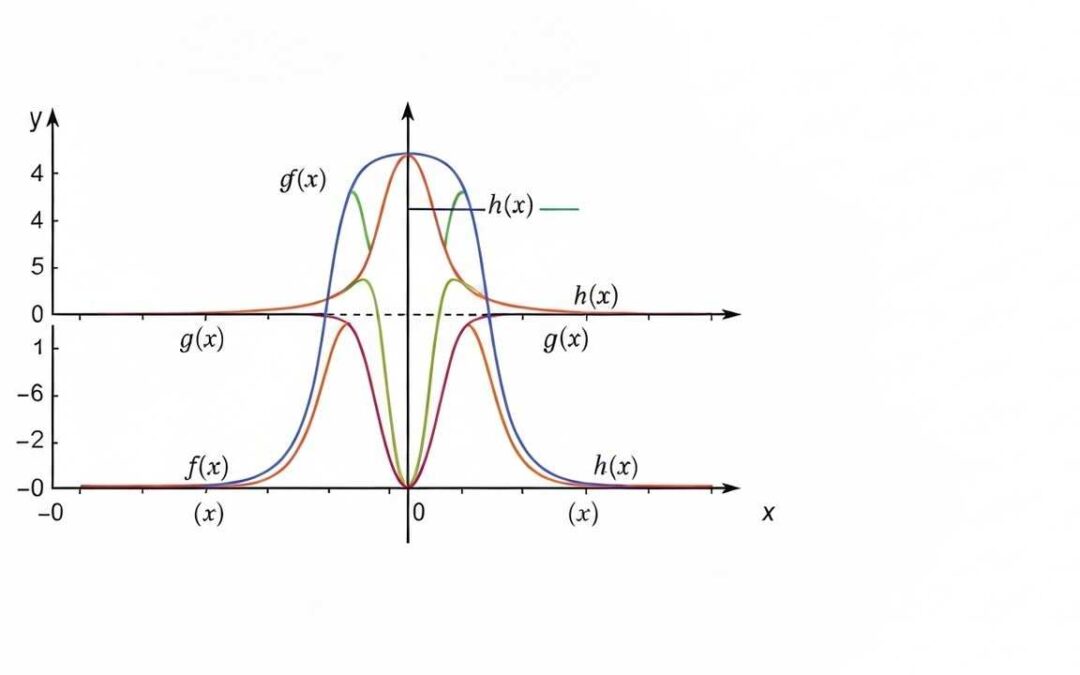
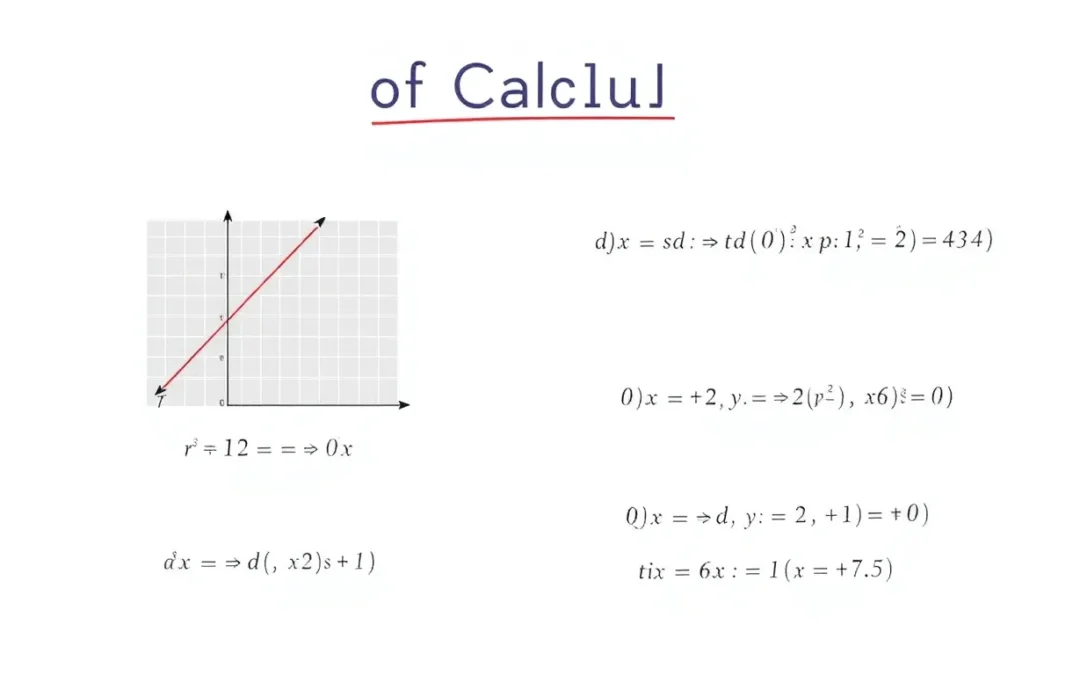
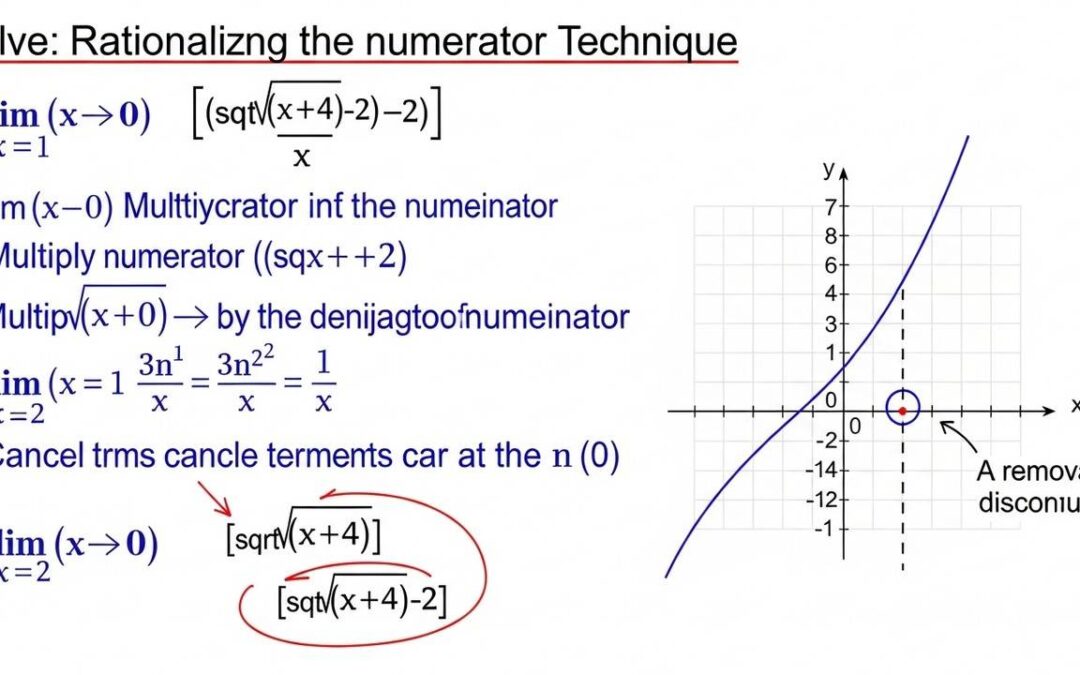
0 Comments